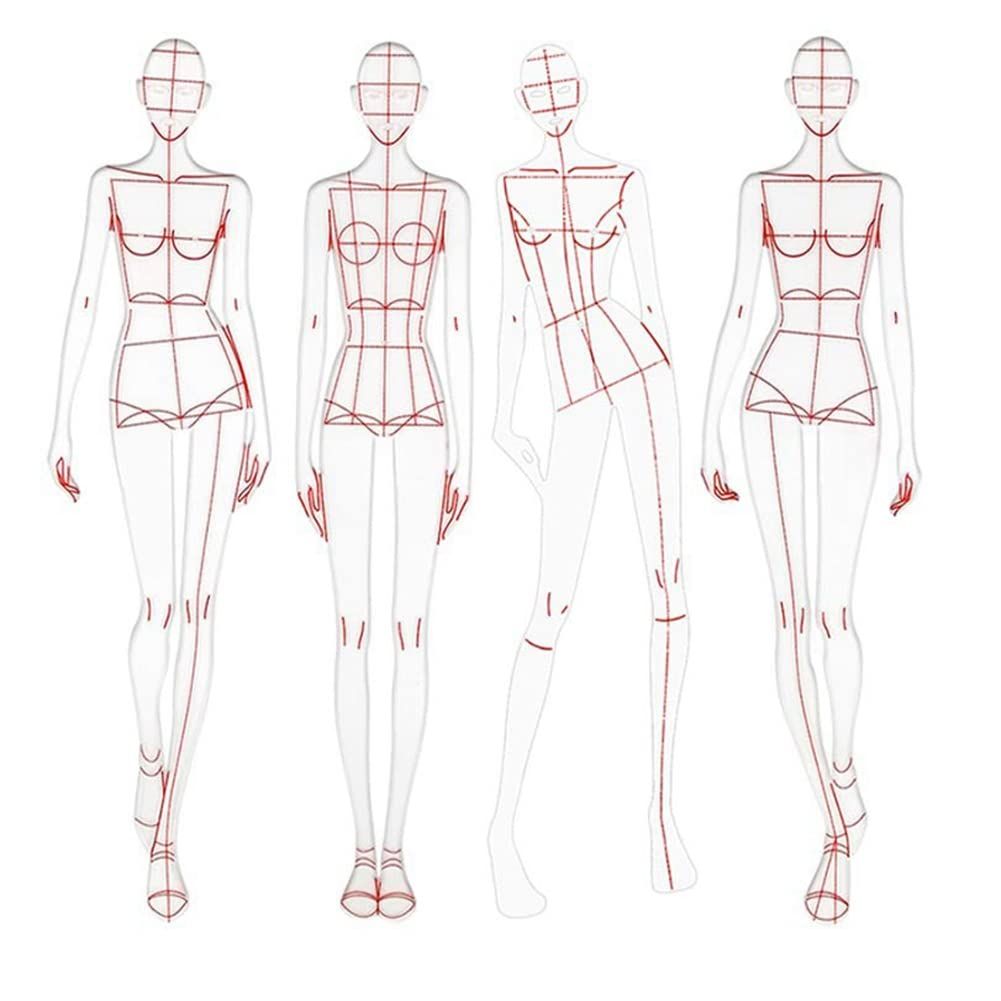Platforms - Bridging the gap between construction + manufacturing
The answers to these questions may open up a whole new level of understanding..
New-build facility costs can be avoided by upgrading existing plants instead.There are many possible options for any business challenge and with digital simulations we can rapidly consider them and focus our attention on the best-performing ones.. DATA ANALYSIS DELIVERS A BETTER BUILT ENVIRONMENT.

This approach is applicable not just to complex factories but to projects ranging from schools to offices, prisons, airports and others.At Bryden Wood we use data analytics to deliver best-in-class designs in many building sectors.Our work in healthcare has recently culminated in the completion of the Circle Birmingham hospital which delivered a state-of-the-art new facility for 30% less cost than comparable hospitals.. Data analytics is one key reason we can achieve such major cost advantages on projects delivered in this way.

By gaining a much deeper understanding of project and process requirements early on, we can quickly settle on a functional solution and start thinking about the most efficient construction method (and opportunities for introducing DfMA) far sooner than would be conventionally possible.. DIGITAL, DATA AND CLIENT COLLABORATION IS THE FUTURE OF CONSTRUCTION.At every step in this process, the use of digital tools to visualise and interpret data is instrumental to engaging with client-side stakeholders in a truly collaborative working environment.

Our analysts will often become embedded in client teams, building our process understanding while at the same time the client becomes embedded in our design team, allowing us to reach a shared agreement of what the best possible solution looks like.. Having been static and traditional for so long, the construction industry today is fast-paced and evolving in many ways.
Bryden Wood is at the forefront of that change and we see data analytics as playing an ever more important role in a smarter, more productive and digitally enabled future..Their goal is to initiate sustained action on the environmental crisis and transform our prospects for avoiding catastrophic climate impacts.
Gogan says that although we’re starting to see a shift in thinking, the general perception of nuclear power remains a bit outdated, especially when we start to look at new nuclear, advanced heat technologies.She points out that, in actuality, nuclear has consistently been identified as necessary in our climate mitigation roadmaps, by everyone from the Intergovernmental Panel on Climate Change, to the International Energy Agency and the European Commission.. A leading environmentalist, Gogan says that she too started out as anti-nuclear, but her perception of nuclear technology changed after reading Professor David MacKay’s book, Sustainable Energy Without the Hot Air.
The book illuminates just how difficult it would be to meet our decarbonisation goals with renewables alone, and dispels wrong assumptions held about nuclear energy based on old, outdated ideas.. Now Gogan serves on the UK government's Nuclear Innovation and Research Advisory Board, the board of US NGO, Nuclear Innovation Alliance, as well as the French NGO, Voices for Nuclear.She’s passionate about the substantial opportunities new nuclear presents to help us meet our net zero goals, and is particularly hopeful about small modular reactors and advanced heat sources, which are designed to be manufactured products, largely made in factories.
